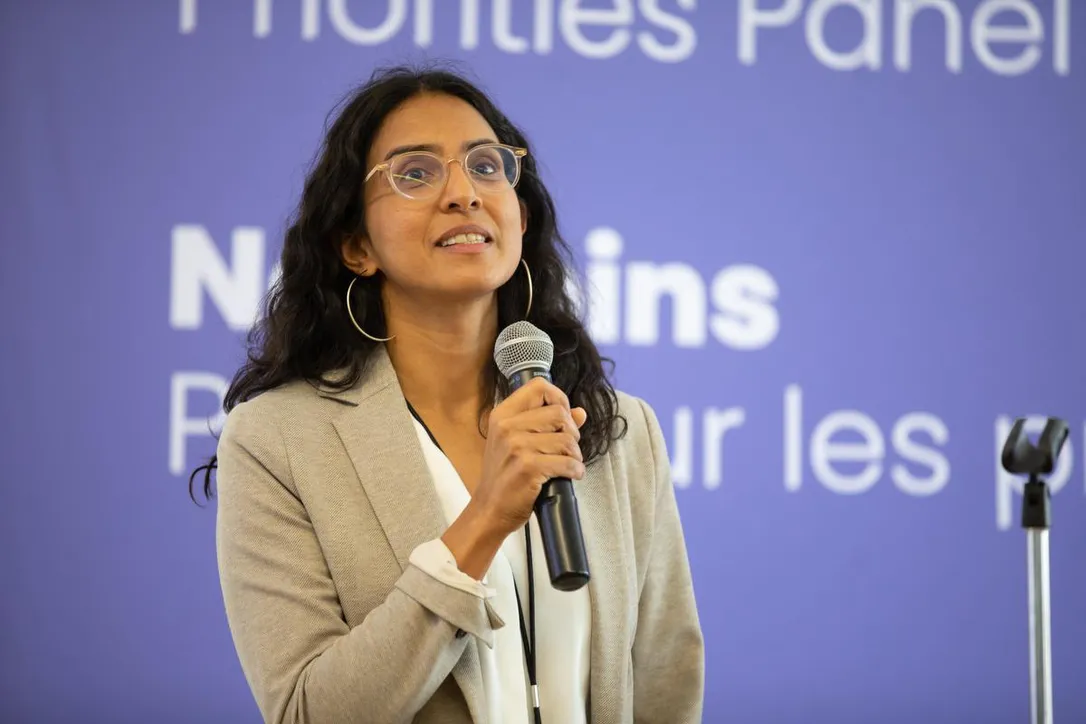The number of people in Toronto who do not have a family doctor jumped significantly during the first two years of the pandemic, with at least 72,000 losing access to their physician, according to new data that underscores the worsening state of primary care in Ontario.
At least 415,000 Toronto residents lacked a family physician as of March 2022, instead turning to emergency departments and walk-in clinics for their health care.
And while there are residents across the city who don’t have access to a family physician, the latest findings from the INSPIRE Primary Health Care project reveal a pattern of inequity, including a higher proportion of residents with the lowest incomes lacking a doctor compared to those with high incomes.
The data shows that at least 120,700 residents with the lowest incomes don’t have regular access to a family physician, with neighbourhoods located in Toronto’s west end, areas north of the downtown and Scarborough most affected by the discrepancy.
“It’s incredibly concerning to see those who are living in the lowest income brackets are more likely to be without a family physician,” said Dr. Mekalai Kumanan, president of the Ontario College of Family Physicians (OCFP).
“We know that socioeconomic factors like access to food and safe housing drive health outcomes. And when you add to this a lack of access to a physician, this will absolutely negatively impact the health of those individuals.”
The new Toronto data mirrors provincial findings from INSPIRE released earlier this year that revealed more than 2.2 million Ontarians lacked a family doctor as of March 2022 — up from about 1.8 million in March 2020.
Health-care leaders, medical organizations and physician groups have been calling for further investments in primary care and warning that targeted reforms are needed to ensure every Canadian is connected to a family doctor or nurse practitioner.
They caution that a lack of access to primary care not only puts an individual’s health at risk, it also puts additional pressure on an already strained health-care system.
“We need bold reform to get us out of this crisis,” said Dr. Tara Kiran, who leads a national research project called OurCare that is gathering public input on how to reform primary care. According to recent OurCare figures, more than 6.5 million Canadians over the age of 18 — or more than one in five adults — do not have a family doctor or nurse practitioner.
This week, OurCare released a report authored by a panel of 35 “everyday Ontarians” who set out a suite of 23 recommendations to improve Ontario’s primary care system. The panel, randomly selected from more than 1,250 volunteers to represent the demographics of Ontario, with more weight given to equity-seeking groups, spent 39 hours learning about primary care and developing their recommendations.
Kiran, a family physician and scientist at St. Michael’s Hospital, a part of Unity Health Toronto, said the public’s voice has been missing from discussions in primary care reform and that these recommendations provide new directions for government and policymakers.
“These citizens together put forward a vision to change the system so it works for everyone,” she said, noting equity is “a foundational value” in the panel’s recommendations. “They’re thinking not just about themselves, but their families, their communities and the system.”

